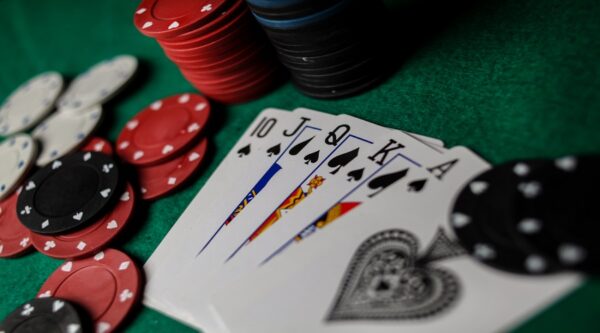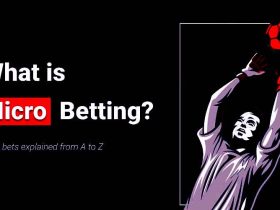Tournament formats vary dramatically across casino platforms, with structure design influencing player success rates and payout distribution patterns. Competition organisers employ various formats to balance entertainment value with mathematical fairness, creating diverse opportunities for skilled players to capitalise on structural advantages. Understanding these structural differences enables more strategic tournament selection based on individual playing strengths and preferred risk-reward profiles. Players exploring options at casino non AAMS legali often discover tournament structures with more favourable payout distributions than heavily regulated environments. These alternative platforms frequently experiment with innovative formats prioritising player value over regulatory compliance costs, creating unique competitive opportunities for tournament enthusiasts seeking optimal winning conditions.
Buy-in scaling strategies
Lower buy-in tournaments typically feature flatter payout structures that reward more finishers with prize money, creating better odds for consistent players to show profit over multiple entries. These events often pay the top 15-20% of participants, compared to higher-stakes tournaments that concentrate prizes among fewer top finishers. The mathematical advantage lies in the reduced variance and frequent cash finishes that build momentum and confidence. Higher buy-in events usually implement steeper payout curves where first place receives 25-30% of the total prize pool, while lower positions receive proportionally smaller amounts. This structure creates larger potential returns but requires precise timing and aggressive play to reach the highly rewarded top positions. Skilled players often prefer these tournaments because their edge compounds more dramatically when reaching final table positions.
Satellite tournament pathways
- Multi-tier satellite systems allow small initial investments to potentially reach major tournament entries worth hundreds of times the original buy-in
- Single-table satellites provide immediate qualification opportunities with clearly defined odds and time commitments
- Step tournament ladders enable gradual advancement through increasing stakes levels without significant upfront investments
- Free roll satellites eliminate financial risk while maintaining legitimate pathways to valuable tournament seats
- Mega-satellite events concentrate many players competing for multiple high-value tournament entries simultaneously
Guaranteed prize pools
Tournaments featuring guaranteed prize pools create overlay situations when registration falls short of the mathematical break-even point. These overlays represent free money added to the prize pool beyond what participant buy-ins generate, improving the mathematical expectation for all entrants. Savvy tournament players actively seek these events because the additional value directly improves their expected return on investment. The overlay effect becomes more pronounced in tournaments with ambitious guaranteed amounts relative to typical registration levels. Smaller tournaments with modest guarantees rarely create significant overlays, while major events with substantial guarantees can generate additional value when participation falls short of projections. Timing and tournament selection become crucial skills for maximising exposure to these profitable situations.
Turbo vs. standard formats
Standard-speed tournaments allow more post-flop play and deeper strategic decision-making, favouring technically skilled players who can exploit complex situations over extended periods. The slower blind progression creates more room for patient play and careful position selection, enabling skilled players to outmanoeuvre less experienced opponents through superior post-flop execution and reading abilities. Turbo tournaments compress the decision-making timeframe and increase the importance of pre-flop strategy and push-fold mathematics. These formats often produce more variance but can favour players with strong short-stack skills and aggressive tournament instincts. The reduced skill edge in turbo events can benefit recreational players while creating different strategic opportunities for professionals.







